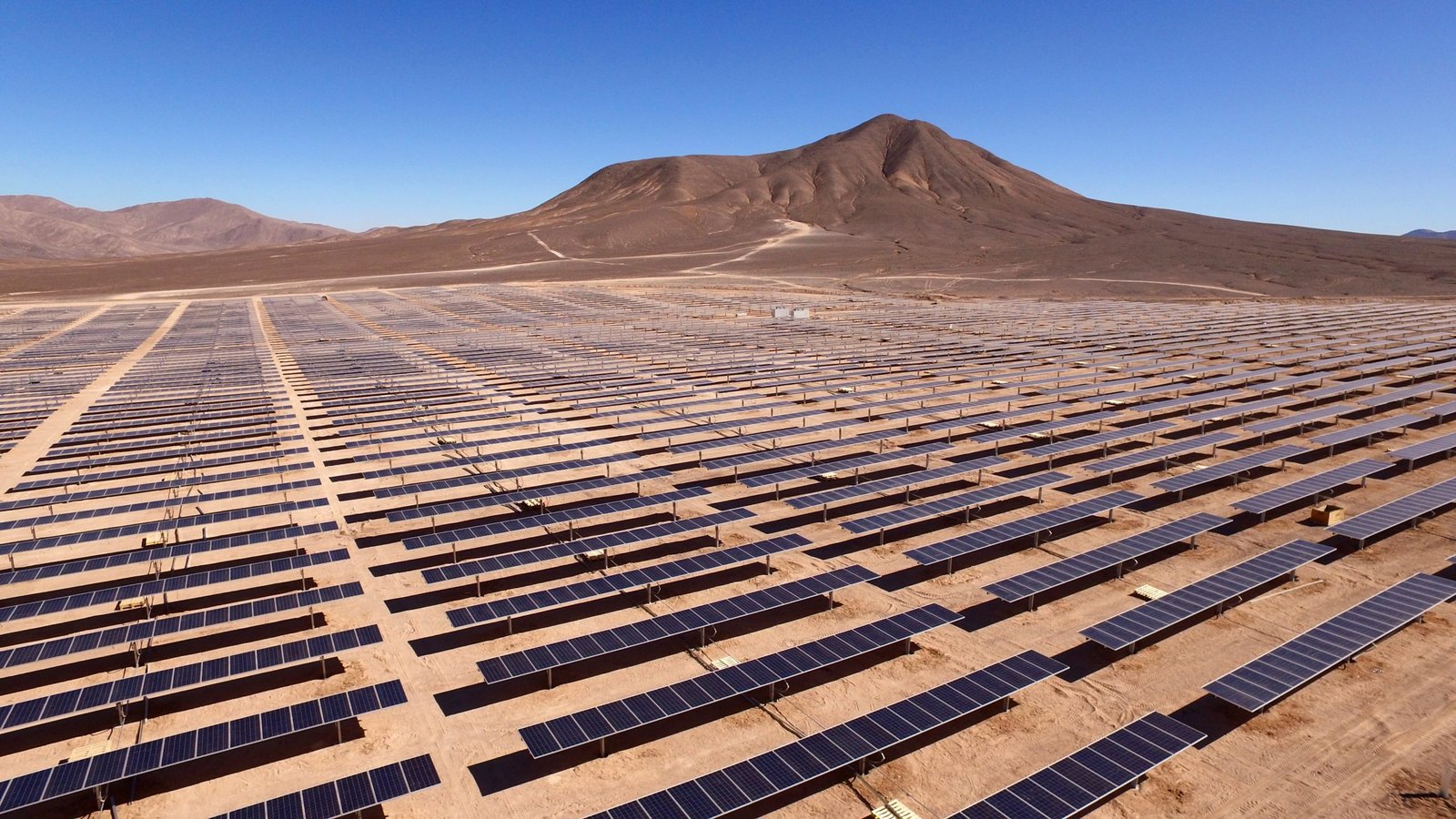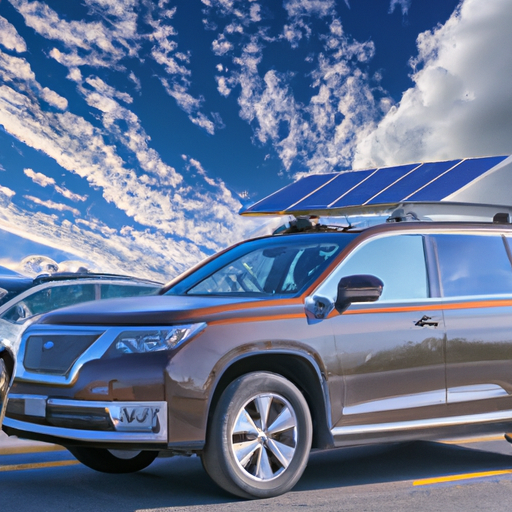Glad you made it here! With your curiosity piqued, let’s chat about the current buzz that’s got everyone talking – solar-powered cars. Imagine a world cluttered less with gas stations and freer from smoky tailpipes, a world fueled by the unlimited energy of the sun. Sounds dreamy, right? But the concept of solar-powered cars empowers this dream to become a reality. Profound minds are breaking barriers, trends are swiftly shifting, and vehicles harnessing energy from the sun are rolling out onto the streets. So, strap in and prepare for an enlightening journey into the fascinating universe of solar-powered vehicles. Let’s together unravel the hype and dig deep into the promise these futuristic green machines hold for us and our environment.
Understanding Solar Power
Solar power, simply put, is energy from the sun. This energy is abundant, renewable, and powerful—it lights our days and grows our food. Its potential for human uses is nearly limitless.
Basics of Solar Energy
Solar energy, harnessed from sunlight, is truly a marvel. When the sun’s rays reach Earth, they can be converted to electricity or other forms of power. This conversion can happen through different methods, such as photovoltaic (PV) cells or concentrated solar power (CSP) systems. PV cells, more commonly known as solar panels, convert sunlight directly into electricity. CSP systems use lenses or mirrors to focus a large area of sunlight into a small beam, which is then used as a heat source to produce electricity.
History and Evolution of Solar Power
The principles behind using solar energy aren’t new—ancient civilizations used passive solar designs in their architecture to heat buildings. However, modern solar power technology began to take shape in the 19th century with experimental solar cells and age dawning in the 1950s with the first practical PV cell. The next several decades saw rapid advances in solar technology, culminating in today’s highly efficient PV panels and CSP systems.
Modern Applications of Solar Energy
Solar energy’s applications range from small-scale uses, like powering homes and offices, to community buildings and large power plants. Solar energy can be utilized in our daily transportation needs, too. It’s here where solar-powered cars come into play, providing a whole new layer of possibilities in the automobile industry.
Introduction to Solar-Powered Cars
Solar-powered cars are a cutting-edge application of solar technology.
Concept and Principles of Solar-Powered Cars
A solar-powered car operates on sunlight—a clean, renewable source of energy. At heart, it’s a vehicle outfitted with a set of solar panels or cells that convert sunlight into electricity. This electricity powers the electric motor that propels the car forward.
Part played by Solar Energy in Propulsion
Solar energy plays a crucial role in powering these vehicles. The energy captured from the sun is changed into electrical energy and then directed to an electric motor that drives the wheels.
Summary of Existing Models of Solar Cars
Presently, there are several solar car models out there, each with unique features and specifications. Some are hybrid models that utilize both solar power and traditional fuels, while others rely solely on the rays of the sun.
The Construct of a Solar-Powered Car
Building a solar-powered car involves many components and systems that work together in harmony.
Major Components of a Solar Car
The key parts of a solar car include the solar cells or panels, energy storage system (usually a battery), engine, and controller. The solar cells harvest sunlight, the energy storage system keeps excess power for later use, the engine uses this stored energy for propulsion, and the controller manages everything.
Technology Used in Solar Cars
Most solar cars use PV cells to capture sunlight. But recent advancements have given birth to new innovations like thin-film solar cells, which are flexible and lighter.
How are Solar Cars Different from Standard Cars
The primary difference is the use of solar energy instead of fossil fuels to power the vehicle. This not only makes solar cars more sustainable but also frees them from the volatility of fuel prices.
Advantages of Solar-Powered Cars
These green machines come with a multitude of benefits.
Environmental Benefits
Solar cars produce zero emissions, which helps in combating climate change and improving air quality.
Energy Efficiency
These cars are incredibly energy-efficient thanks to the efficient PV cells and electric motors.
Cost Savings over Time
Solar-powered vehicles can lead to significant savings over time, thanks to the cost-free fuel of sunlight.
Autonomy and Convenience
With a solar-powered car, you can say goodbye to frequent trips to the gas station and the fear of getting stranded due to a drained battery.

Limitations of Solar-Powered Cars
Solar cars, like most technologies, come with their set of challenges.
Issues of Climate and Weather
Overcast days or areas with little sunlight can limit the performance of these cars.
Battery Storage Problems
Energy storage is a significant challenge, especially when considering the size and weight of batteries and the amount of energy required for propulsion.
Limited Speed and Performance
Due to weight and energy storage constraints, solar cars generally offer limited speed and performance compared to their gas-guzzling counterparts.
High Initial Costs
The upfront cost of solar cars can be daunting, mainly due to the expenses related to solar technology and battery storage.
Solar-Powered Cars Vs Electric Cars
The solar car market is not without its competition.
Technical Differences
The most apparent difference between solar and electric cars is their power source—sunlight versus electric grid power.
Comparative Benefits and Downsides
Solar cars offer fuel independence while electric cars depend on the power grid, which might still be powered by fossil fuels. On the downside, solar cars require more space for solar panels and face restrictions due to daylight availability and climate.
Consumer Preferences
Consumer preference varies wildly, often depending on factors like lifestyle, mobility patterns, climate, and socio-economic status.
Significant Players in the Solar Car Market
The solar car market has attracted some noteworthy players.
Overview of Key Manufacturers
Manufacturers from all over the globe are venturing into the solar car market, with offerings ranging from commercial cars to racing models.
Preliminary Market Leaders
Pioneering companies like Lightyear and Sono Motors are currently leading the way with their innovative solar technology.
Emerging Startups in the Field
Many startups are entering the solar car market, spurred by the potential for change this technology can bring to the auto industry.
Future Projections for Solar-Powered Cars
The industry’s future looks bright, with many expecting significant growth.
Technological Advancements on the Horizon
With advances in solar cell efficiency, lightweight materials, and energy storage, solar cars are set for an evolution.
Predicted Market Growth
The market is expected to grow robustly in the coming decades, propelled by dwindling fossil fuel reserves and growing concern for the environment.
Potential Impact on the Auto and Energy Industry
Solar cars could reshape the automotive industry—fostering further innovation and pushing for environmental sustainability.
Public Perception and Acceptance of Solar Cars
Public reception of solar cars reflects our collective hope and fears for the future.
Consumer Awareness and Interest
While awareness of solar cars has increased, many consumers remain cautious due to the perceived limitations of the technology.
Current Trends in Solar Car Adoption
Despite the limitations, the adoption trend is upwardly trending in many regions—thanks to progressive governmental policies and advancements in technology.
How Solar Cars are Perceived in Various Markets
Perception differs amid markets, depending heavily on factors like climate, regulatory climate, and economic environment.
Fact or Fiction: Debunking Myths about Solar-Powered Cars
As with anything new, misinformation about solar cars abounds.
Common Misconceptions about Solar Cars
Misconceptions range from “solar cars can’t drive at night” to “they can’t perform well”.
Reality Check: Dispelling the Myths
Many of these misconceptions fail to consider the rise in technology and how it’s improving the performance, efficiency, and reliability of solar cars.
Setting Straight Facts from Fiction
Proper awareness and education are indeed needed for the public to distinguish fact from fiction and make informed decisions regarding solar cars.


